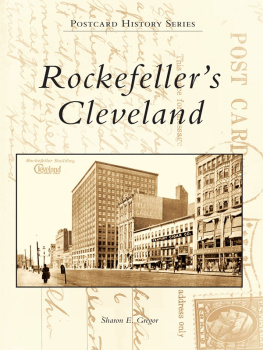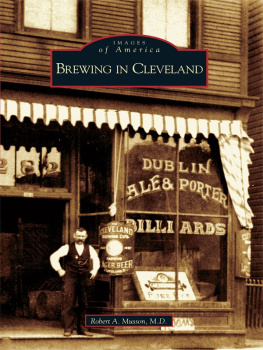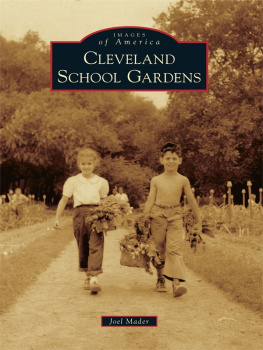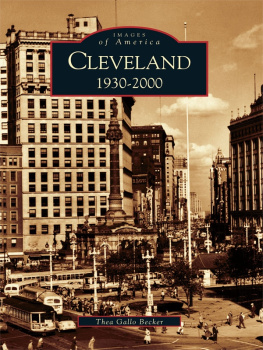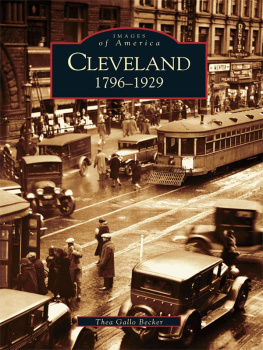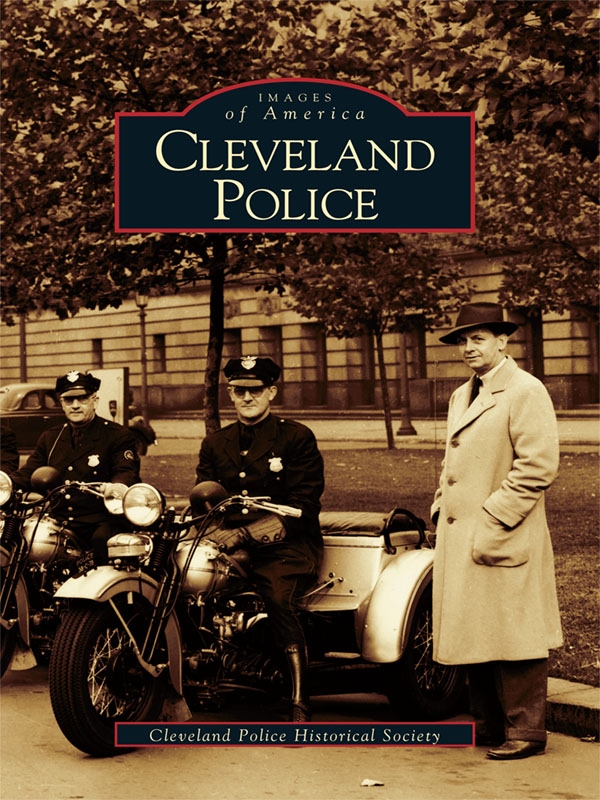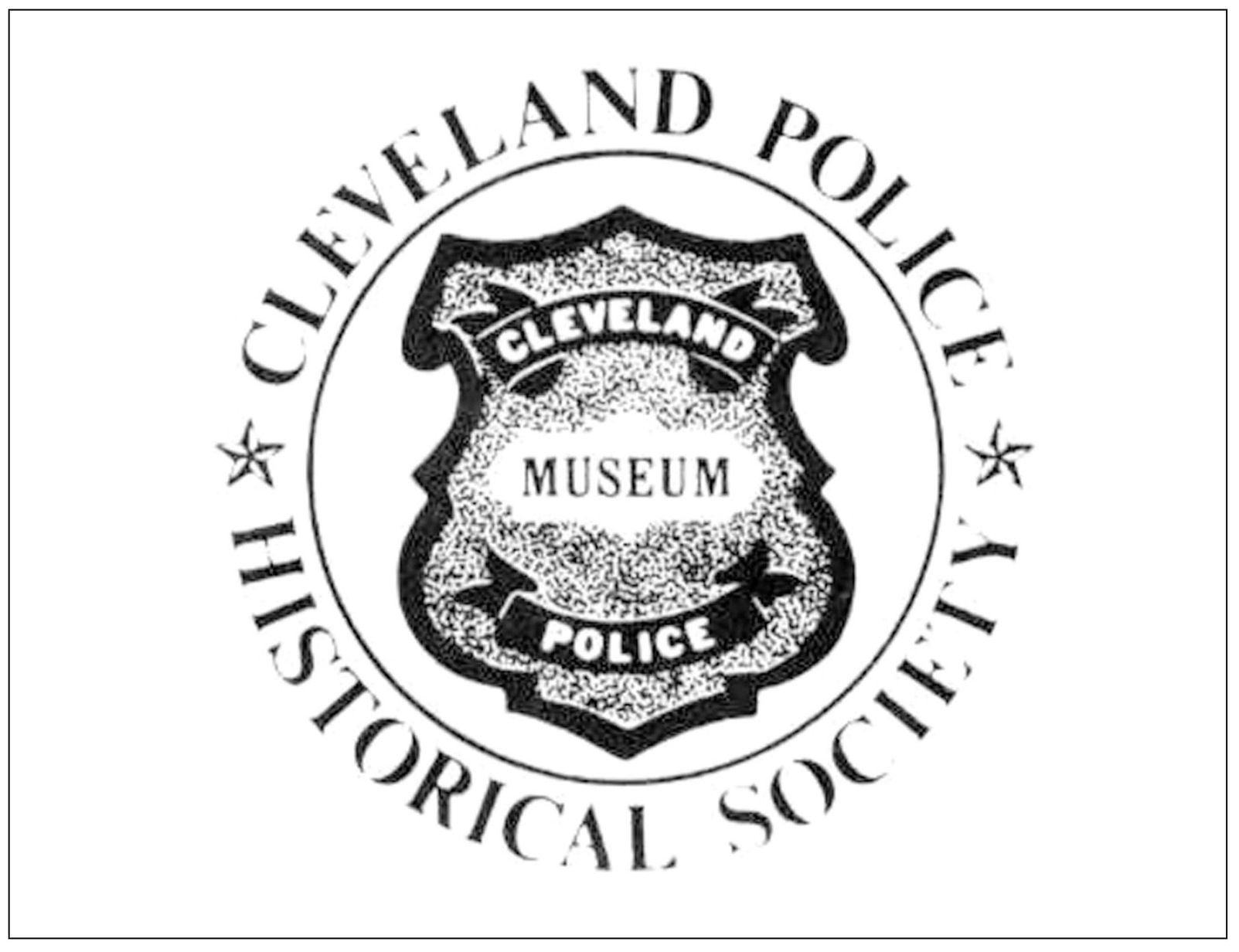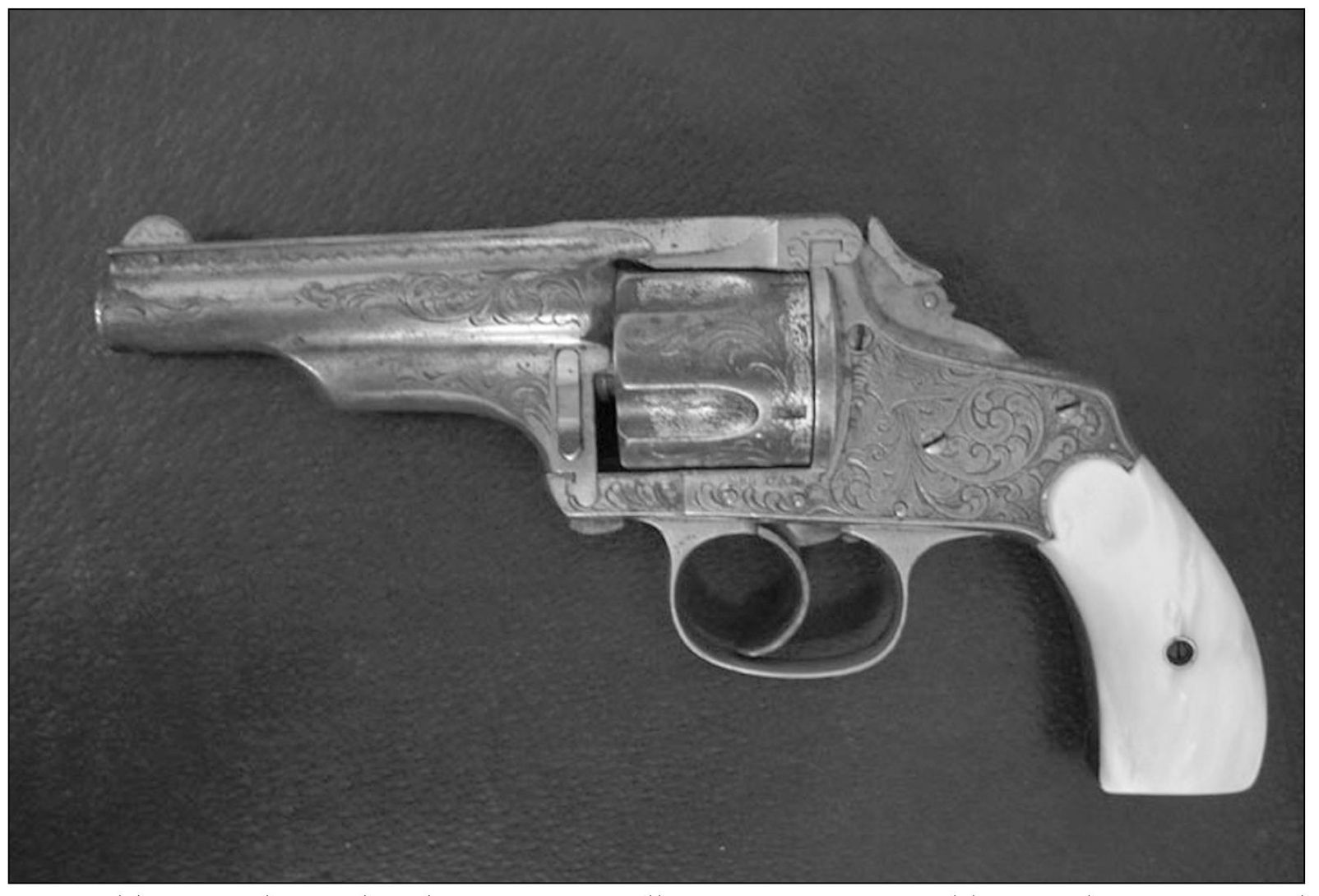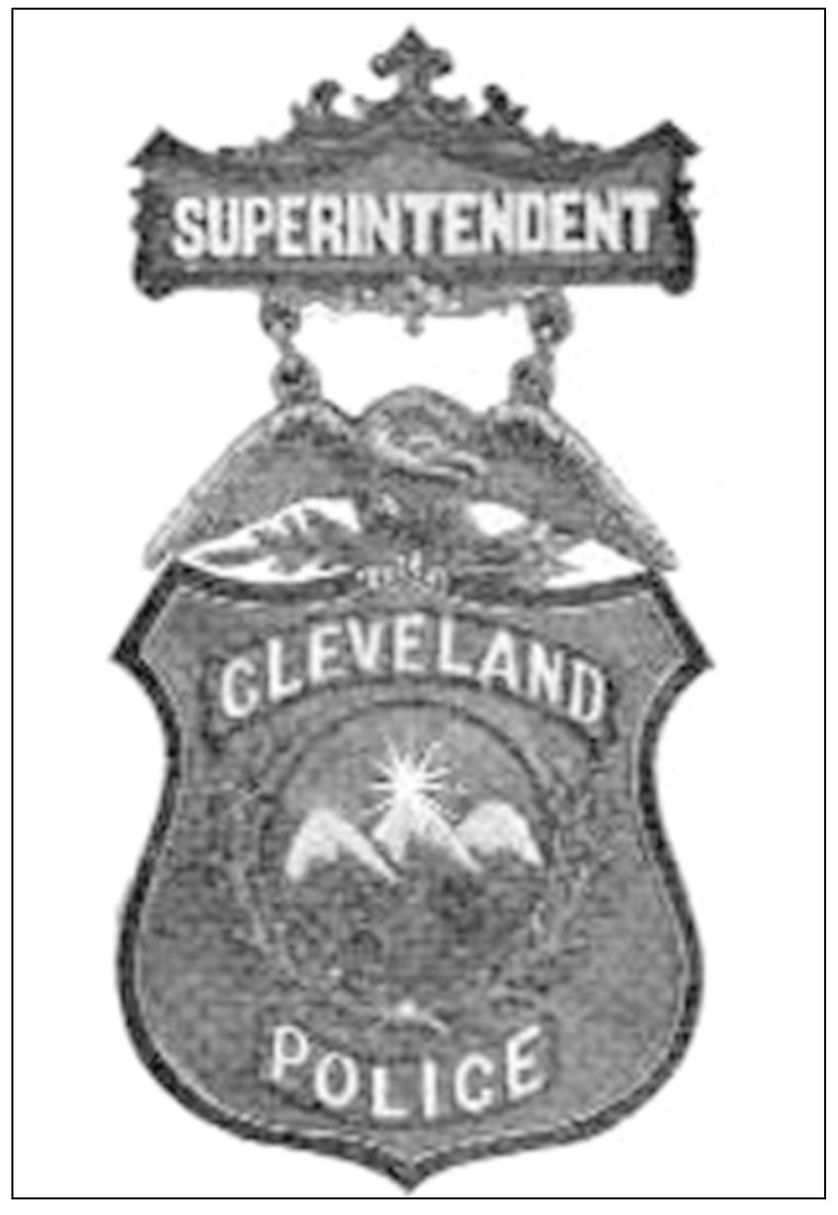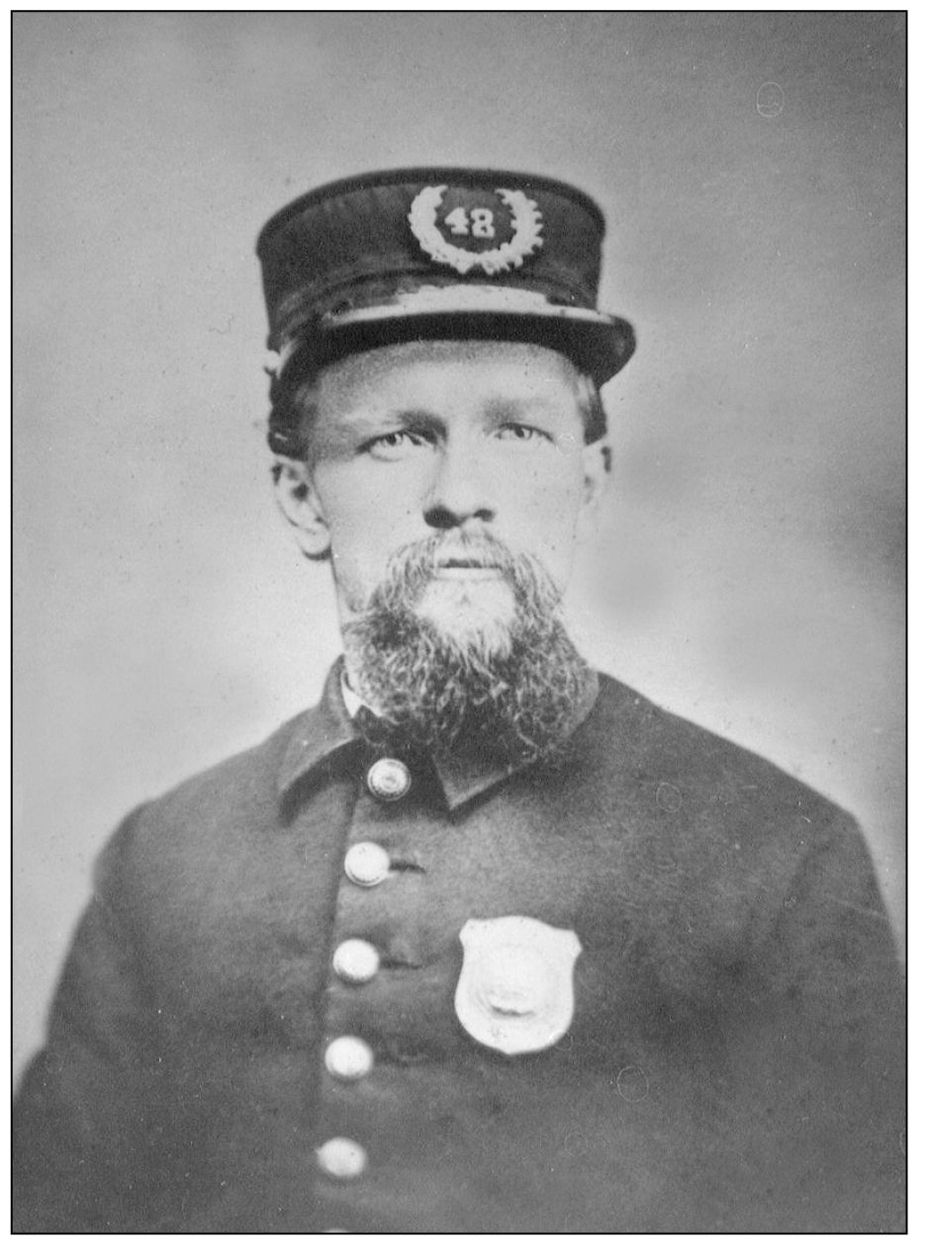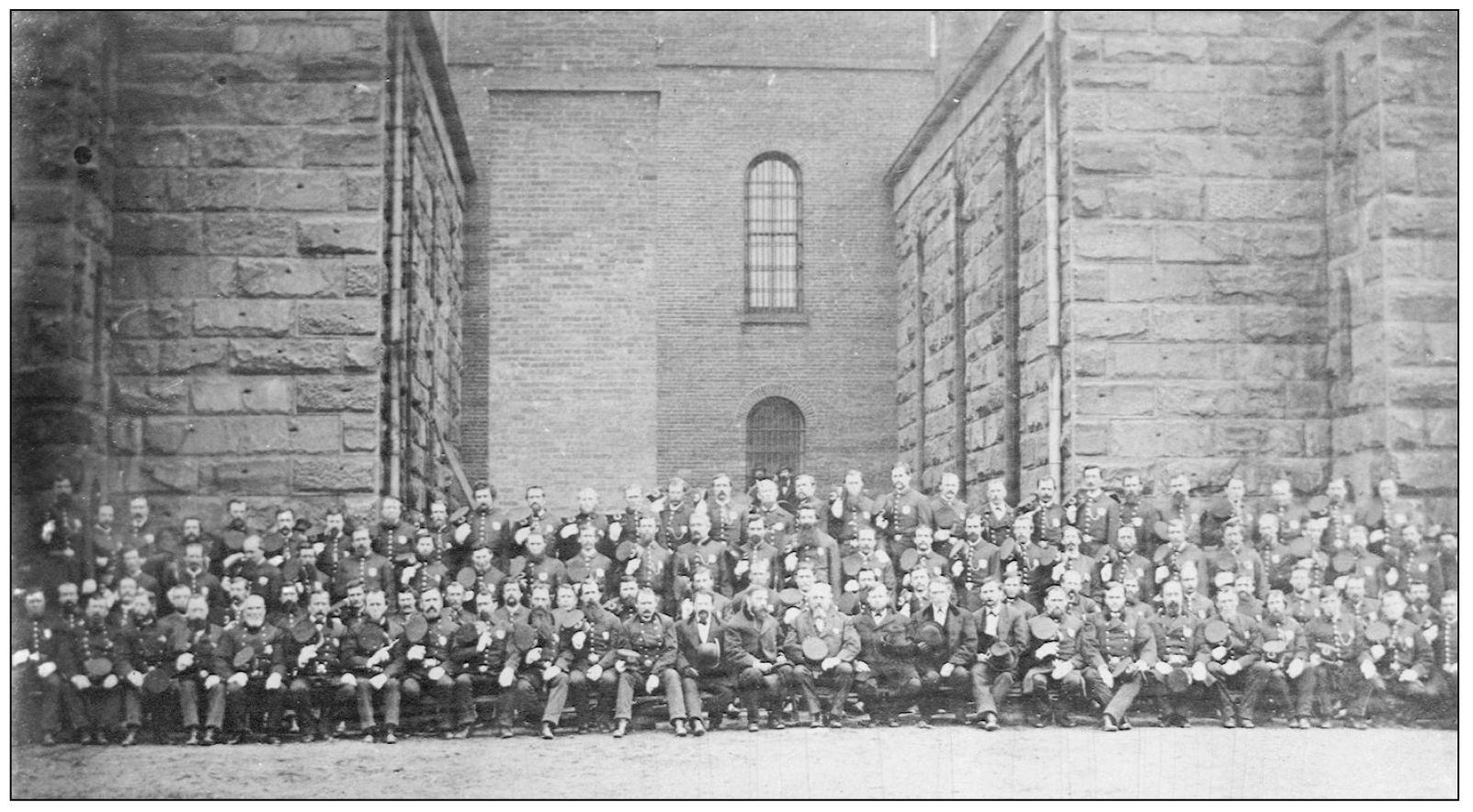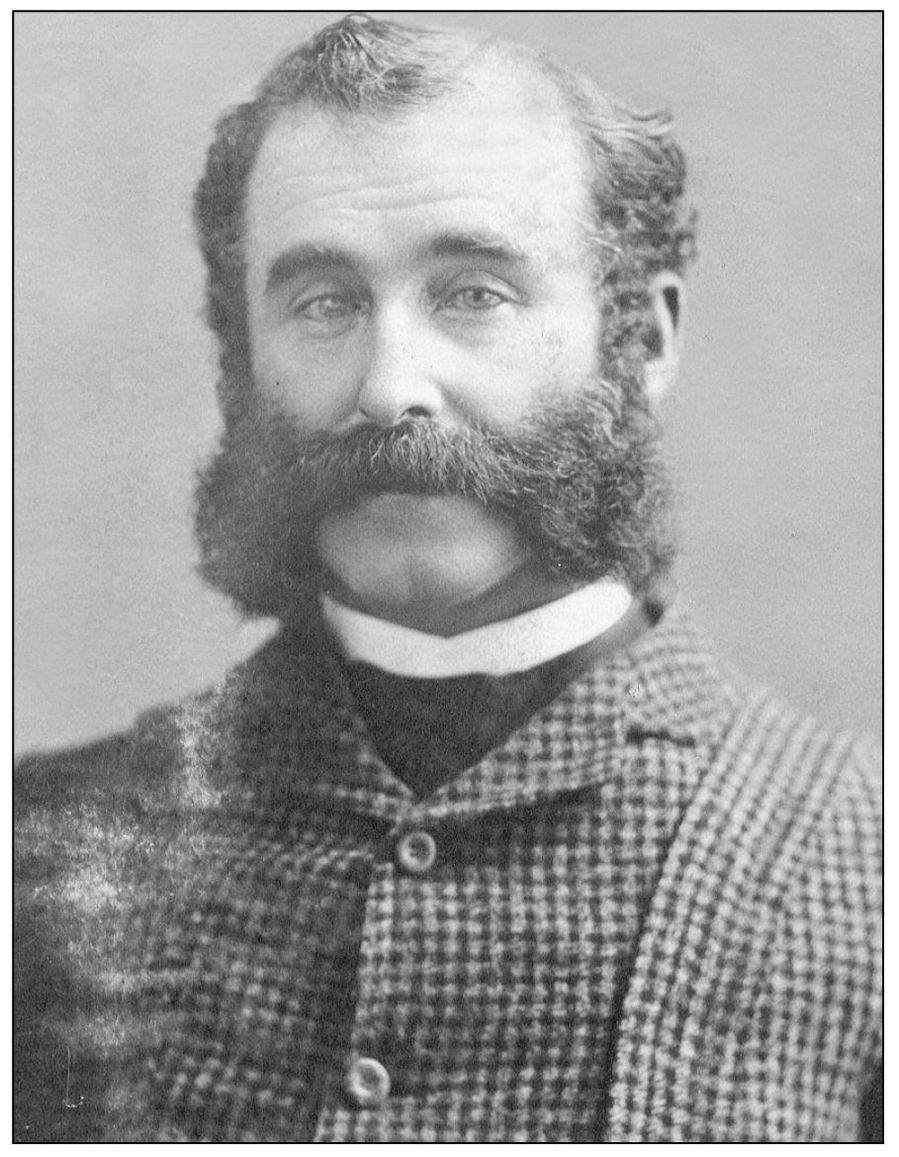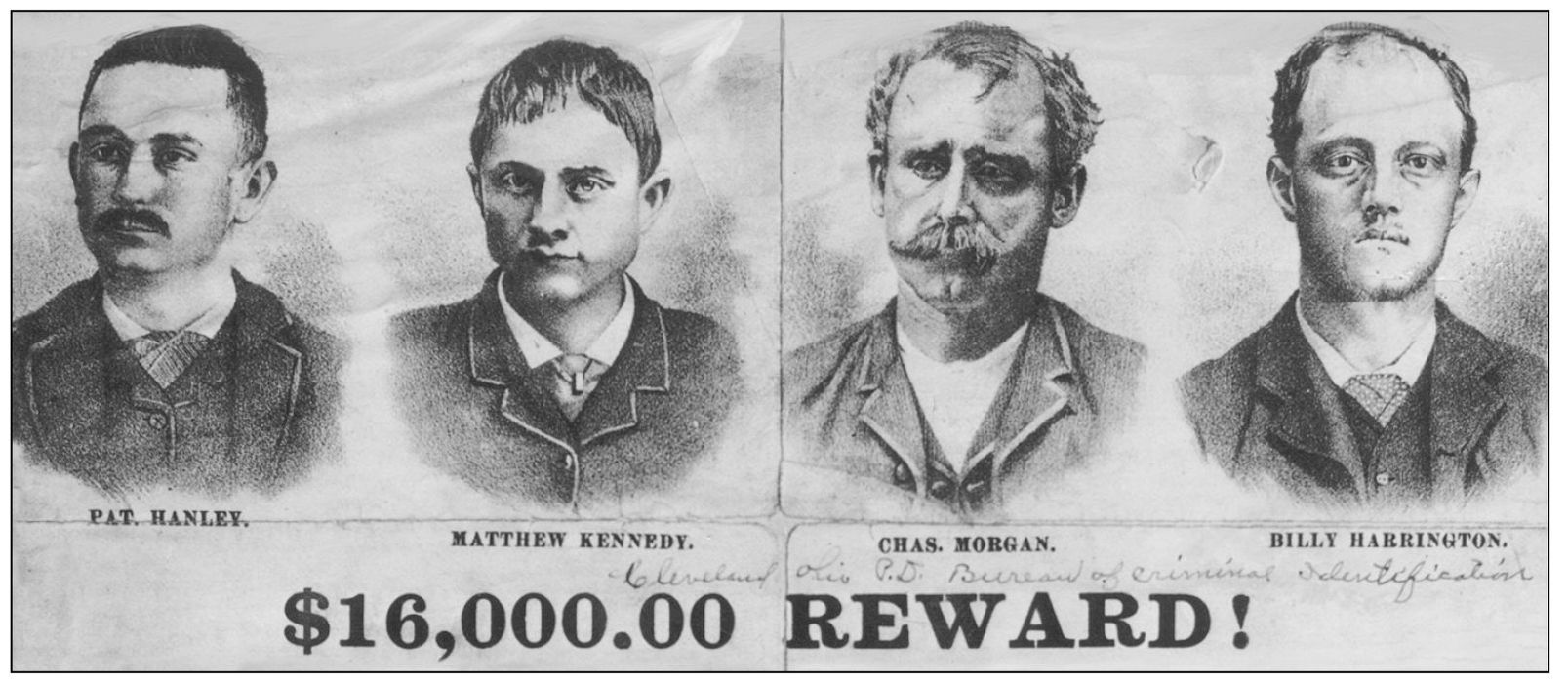The Cleveland Police Historical Society is listed as the author of this book, but it is, of course, impossibleforthesociety perse to author anything. Therefore our thanks go to those who contributed their time and effort to this project. Society Trustee Patrol Officer Thomas Armelli #618 was the principal writer and photograph editor. Collaborating with Officer Armelli on editing and image scanning was Cleveland Police Historical Society Executive Director David C. Holcombe. Staff members Allan Coates and Marilyn Jech also contributed.
Much of the text has been adapted from previously published CPHS works. For these sources, we gratefully acknowledge Thomas G. Matowitz Jr., T. S. Peric, and the late Thomas A. Knight.
One
CONSTABLES, MARSHALS, AND POLICEMEN
The history of the Cleveland Police Department is rooted in the history of the city. The origin of the department can be set at the exact moment Moses Cleaveland stepped onto the bank of the Cuyahoga River on July 22, 1796. According to William Ganson Rose, in his book Cleveland: The Making of a City , Moses Cleaveland was not only charged with conducting a survey of the future city that would bear his name but was authorized to establish peace, quiet, and safety in the new settlement. This directive, in effect, serves to clearly establish the citys founder as its first official peace officer.
The importance placed on maintaining law and order in the new settlement is further demonstrated by the fact that Lorenzo Carter, the man recognized as the areas first permanent settler, and Stephen Gilbert were appointed the townships first constables. The constables were responsible for policing a territory comprising 2,300 square miles. Their duties included census taking, murder investigations, and everything in between. Justice was carried out from a courthouse and jail built on the northwest corner of the public square. Public executions (hangings) were held there as well.
In 1830, Justice of the Peace George Hoadley decided over twenty thousand cases, with few being appealed and none reversed. By 1836, a wave of lawlessness and crime caused the city to establish a city watch, consisting of eight volunteer companies of six men each, which patrolled the city from sundown to sunup. Later that year, Cleveland was incorporated as a city, and an elected marshal was put in charge of the city watch.
In 1853, Watchman John Osborne became Clevelands first law enforcement officer to die in the line of duty when a miserable drunkard stabbed him to death. In the ensuing years, over 100 more Cleveland police officers have given their lives protecting their city.
In the late 1850s and early 1860s, a movement began in the eastern United States to establish metropolitan police departments. In Cleveland, a watchman named Jacob W. Schmitt pushed the idea, and on May 1, 1866, the Cleveland Police Department was officially created. Schmitt would eventually become the longest serving police chief in the citys history. When Schmitt retired in 1893, the Cleveland Police Department had few peers and was recognized worldwide as model law enforcement agency.
At the turn of the 20th century, the Cleveland Police Department was developing innovative technology in the fields of criminal identification, adopting the Bertillion system and fingerprinting, and in communications with the design of a compact telephone and telegraph system that connected police officers on the street with precinct houses. Visitors from law enforcement agencies around the world came to see what was being achieved in Cleveland.
Chief Jacob W. Schmidtt was instrumental in converting the antiquated and inefficient marshals system of policing into an organized modern metropolitan police department. Chief Schmidtt was the longest serving chief in the history of the department. With the exception of a gap of a few years, Schmidtt was chief from 1866 until his retirement on June 19, 1893.
Pictured here is Chief Schmidtts Merwin Hulbert Company .32 caliber revolver, customized with extensive etchings, a gold plated cylinder, and pearl handles.
Chief Schmidtts badge is seen here.
Patrolman Michael Kick #42, a Civil War veteran, was shot and killed on the evening of June 14, 1875, near the intersection of Franklin Boulevard and Kentucky Street (West 38th Street) in a gun battle with members of the Blinky Morgan gang. He was the second city law enforcement officer to die in the line of duty. The first, Watchman John Osborne, a member of the City Marshals Office, was stabbed to death on December 1, 1853.
Taken behind the police headquarters on Champlain Street, this 1875 photograph depicts what is believed to be the entire Cleveland Police Department. Chief Jacob Schmidtt is in the front row near the center.
Charles Blinky Morgan, aka The Dude, was photographed in the Cleveland City Jail on July 2, 1887. Morgan and members of his gang were responsible for the murder of several police officers, including two from Cleveland, and wreaking havoc in Cleveland and throughout the Midwest for almost 20 years. His career ended at the end of a rope at the Ohio penitentiary, August 3, 1888.
An enormous reward (for the time) was offered for these four members of the Blinky Morgan Gang, who were responsible for the deaths of Patrolman Michael Kick and Det. William Hulligan.




